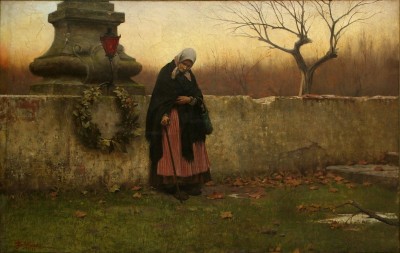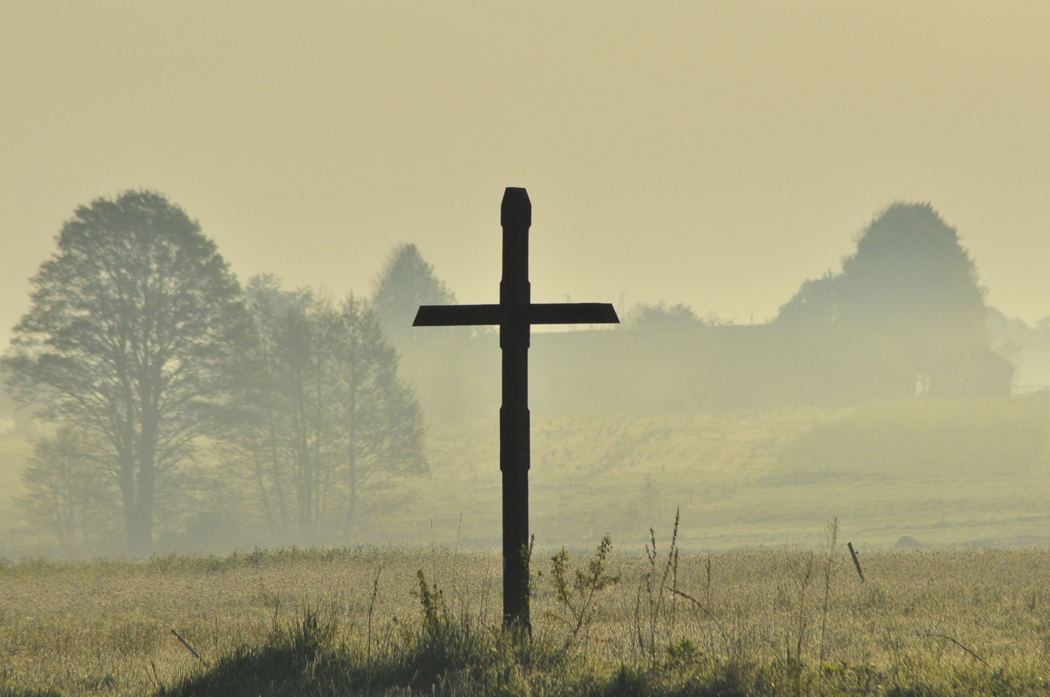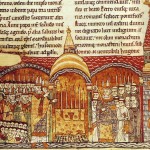In the Middle Ages Polish priests and theologians fought to eradicate old and traditional ways of cohabiting with the dead. Yet it does not seem as if they ever succeeded
In the late Middle Ages the Polish concern for the salvation of the souls of the loved ones seemingly followed the teachings of the Church. According to this, the dead and deceased had passed over to a posthumous fate, which was entirely in the hand of God. Whether they were still in chains or had become saints, they were not lingering here. Any relationship with the dead could only be established if granted by God.
However, sermons, pamphlets and teachings tell a story of how the Polish people begged to differ. According to old traditional – Slavic – views and not least calendar, the dead were present in a much more concrete way and had important salvific as well as more mundane roles to play in the lives of the descendants.
Hence the living were obliged to care for the death at the funeral as well as all through the year. The whole year was imbued with ritual contacts with the dead, waiting for their arrival and presence, writes Beata Wojciechowska in a recent presentation of her research into the late-medieval folklore as preserved in the writings of the church.
Liminality

First of all the dead were present in the liminal zones on the borders of the villages or at cross roads. Her it was possibly to communicate with the dead souls and get an inkling of what the future might bring. But they might also be present beneath the table, which was indicated by the practice of letting crumbs of bread slip to the floor (something which the priests and theologians bickered about).
However, the dead were not present at all times. Again the concept of liminality makes sense, pointing to the solstices and equinoxes as calendrial events, when the dead were especially present and hopefully working with their descendants to secure success for the family, the farm and the agricultural output. The most intense period was hence Christmas Eve, when making wishes and divinations were prepared by setting out food for the deceased and spreading straw on the floor. Such rites have been described from most of Europe and medieval sermons and handbooks brim over with the complaints of the professionals.
Later, during spring the effigy of death was carried around the countryside. Made of hemp or straw it was dressed in human clothes and carried away to the border of the community, where it was destroyed by being drowned in the stream or swamps, encircling the settlement. At this point the spring awakening of the dead began.
Proper Burials and All Souls
One way of controlling this constant co-habitation between the dead and the living, was to insure that the dead were properly buried. Hence, the church was very diligent in securing the burial of paupers and princes, alike. “Those shall be condemned after whom candles will not be carried” claimed a Polish preacher in a sermon, writes Beata Wojciechowska (p. 43).
However, another way to “control” the heterodoxy of the populace was to hem the traditions in by establishing a church-controlled event, where the communion between the living and the dead might be envisioned. This led Abbot Odo in the end of the 10th century to create a new liturgy surrounding All Souls. Early on lightening candles on the graves of the deceased became part of this this solemn event in Germany and Eastern Europe. The tradition is known from the Middle Ages.
Although not explored in detail here, this tradition is known from stipulations entered into the last wills and testaments from Germany from the 14th century. (As told in Volkfrommes Brauchtum und Kirche im Deutschen Mittelalter. By Ludvig Andreas Veit. Freiburg in Bresgau 1936).
SOURCE:
The Remembrance of the Deceased in the Traditional Polish Culture of the Middle Ages
By Beata Wojciechowska (Jan Kochanowski University)
In: Cultures of Death and Dying in Medieval and Early Modern Europe
Series: ColleGium: Studies across disciplines in the Humanities and Social Sciences. Volume 18
Helsinki 2015
ISBN: 978-951-51-1221-7
READ MORE:
FEATURED PHOTO:
Cross in a Polish Countryside. © Radosław Kozik

